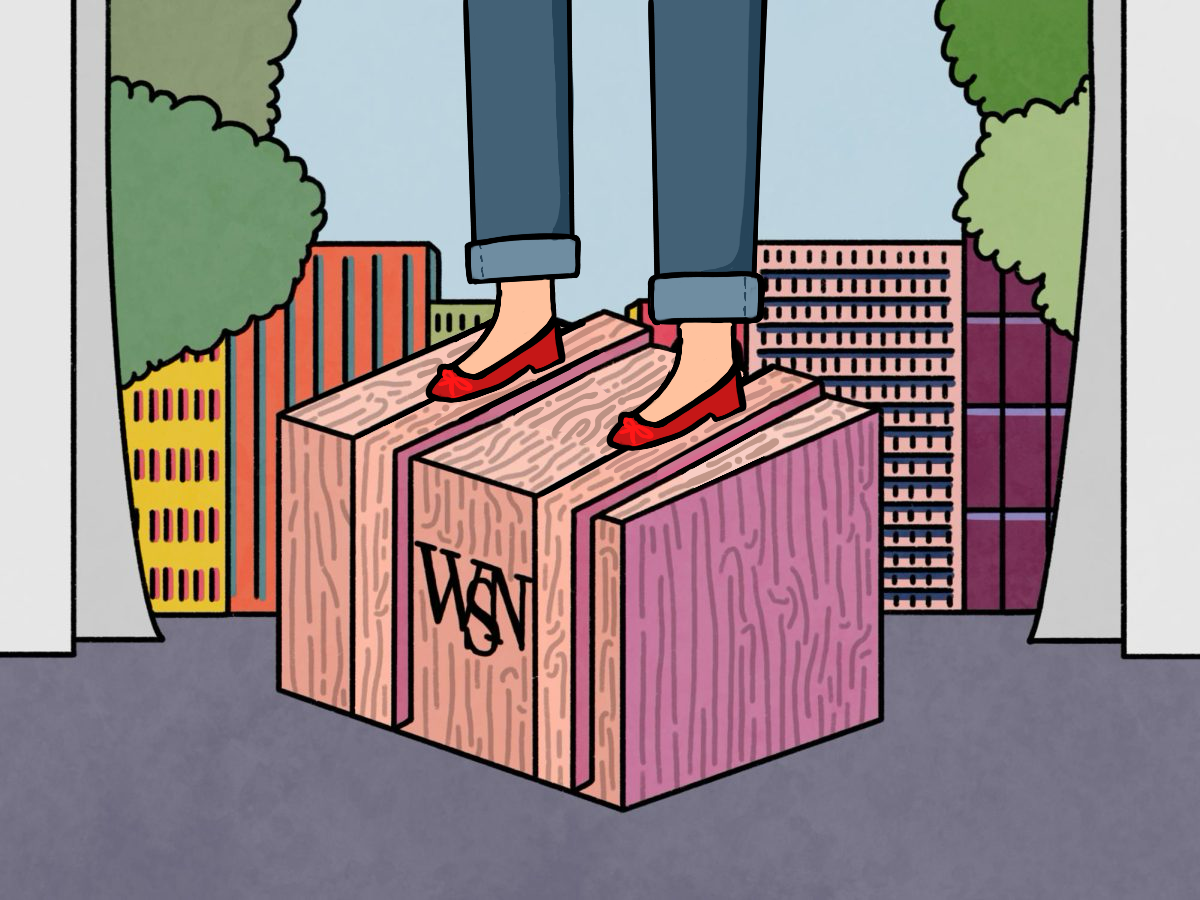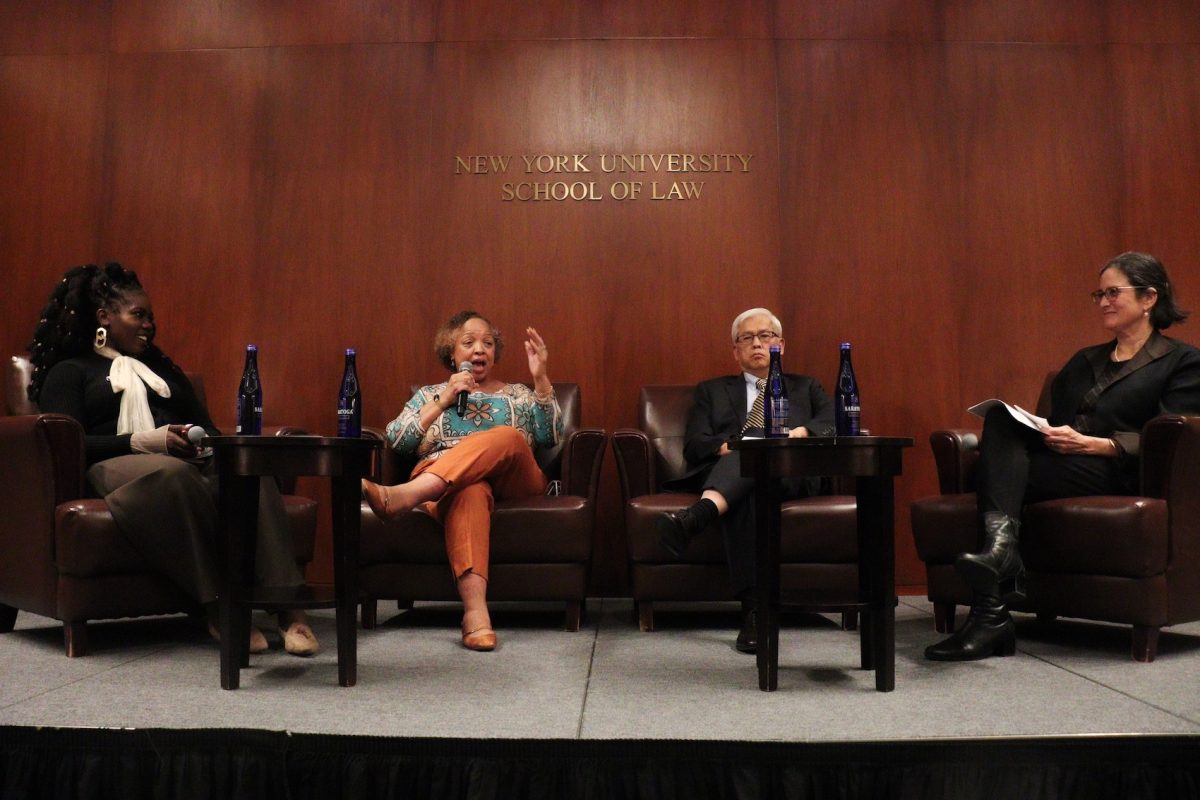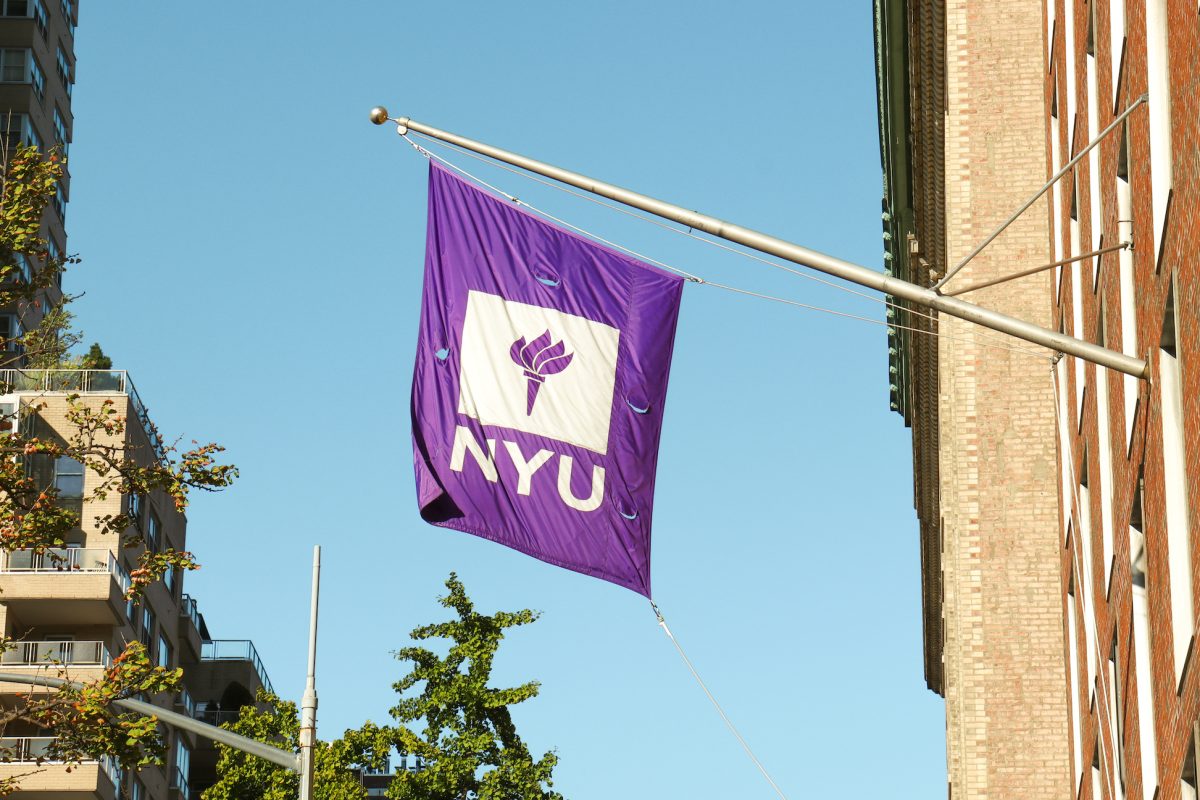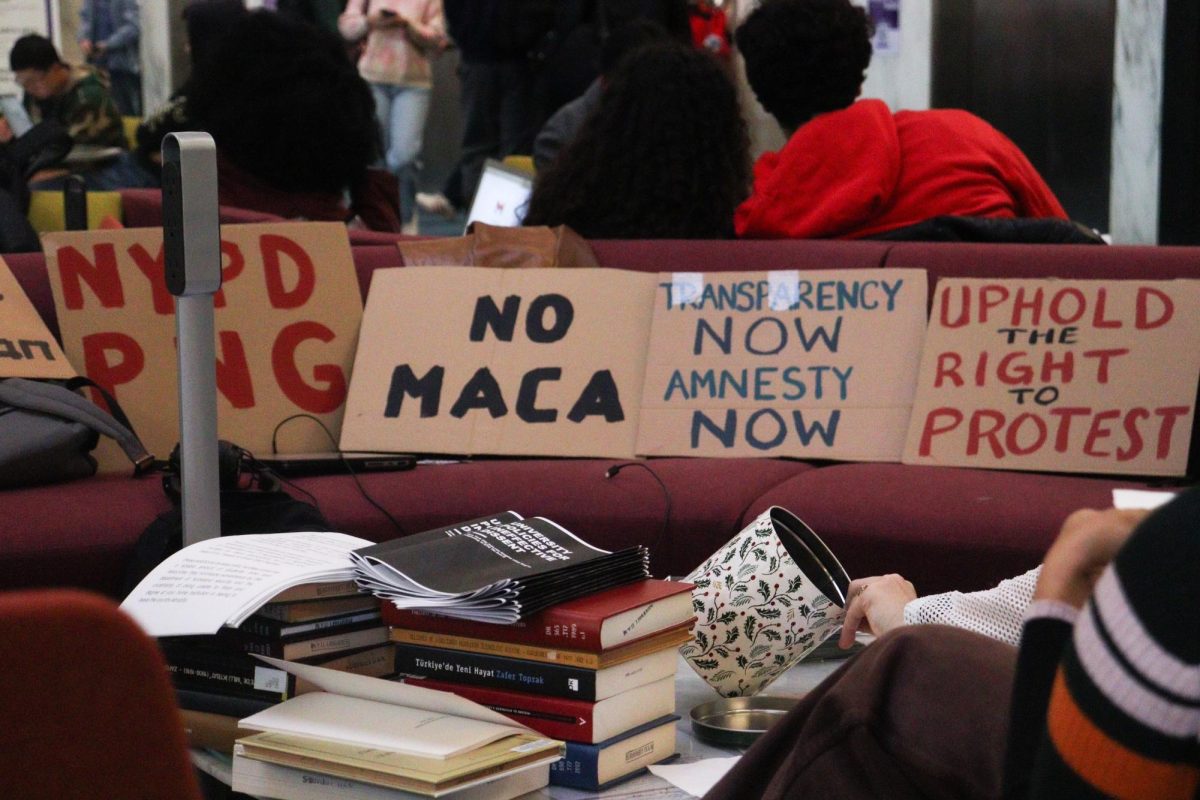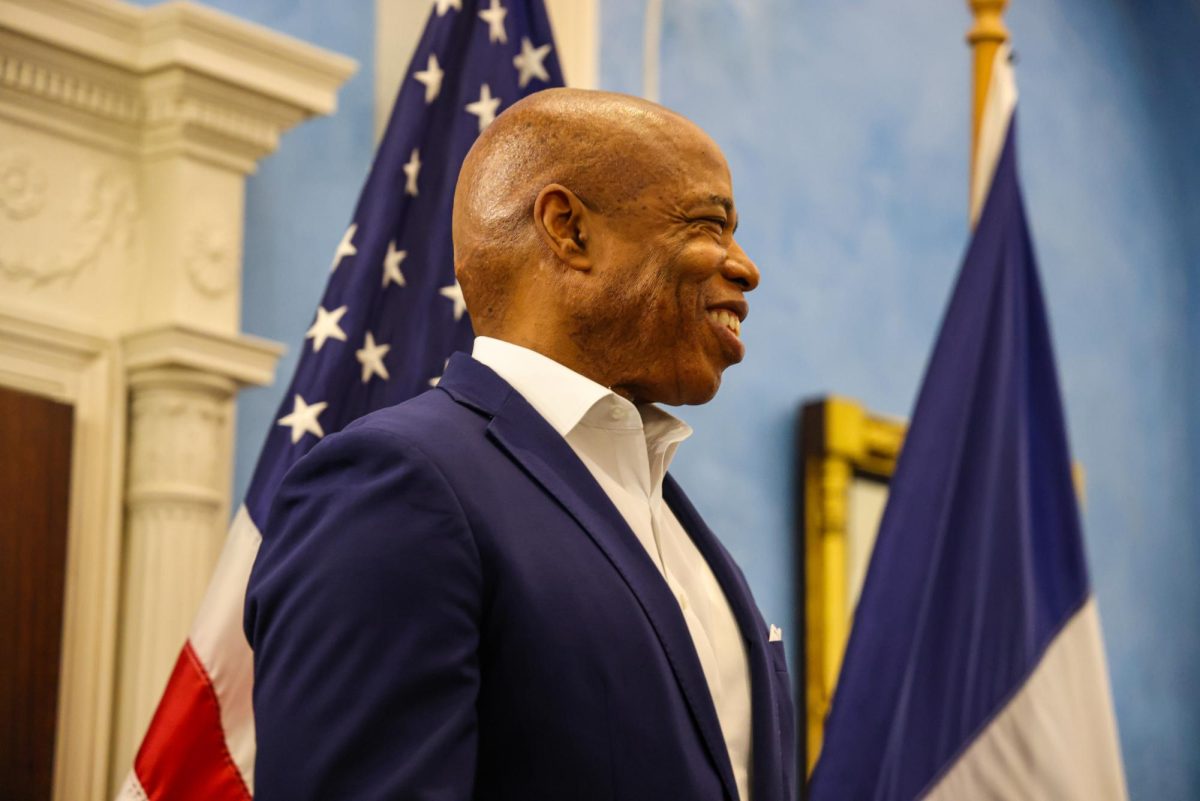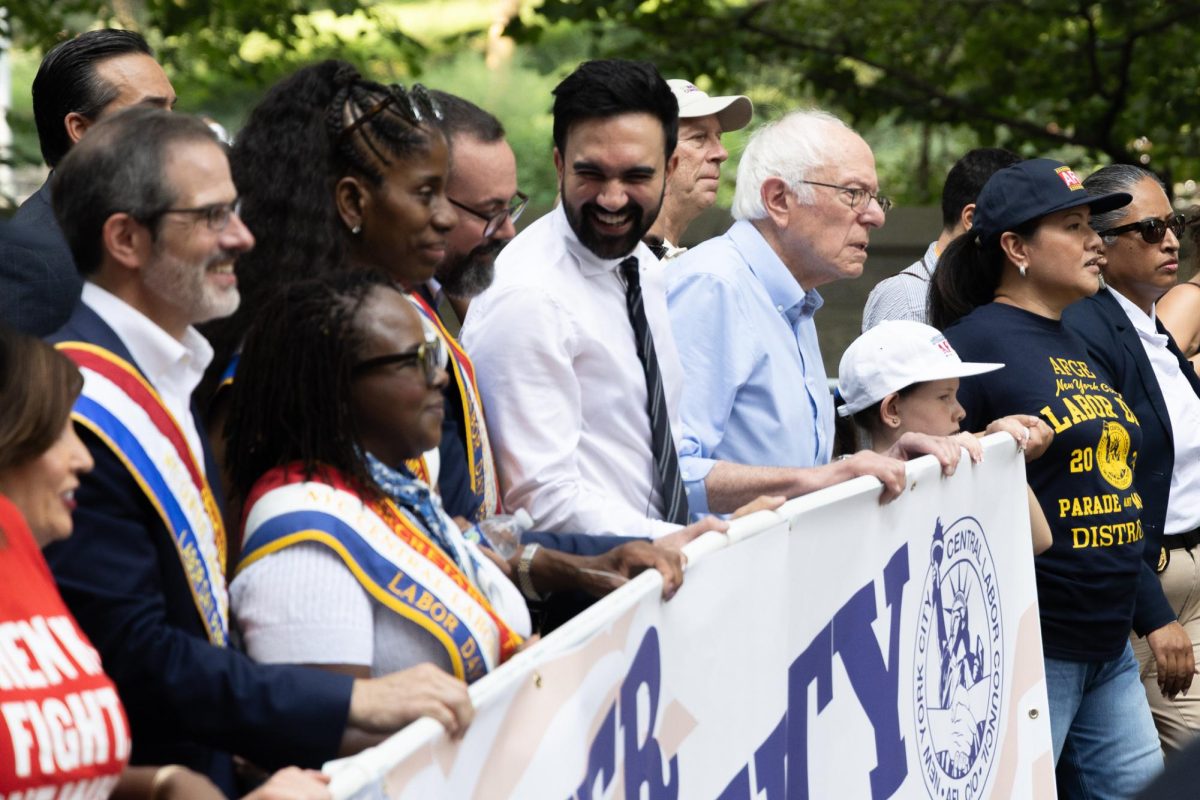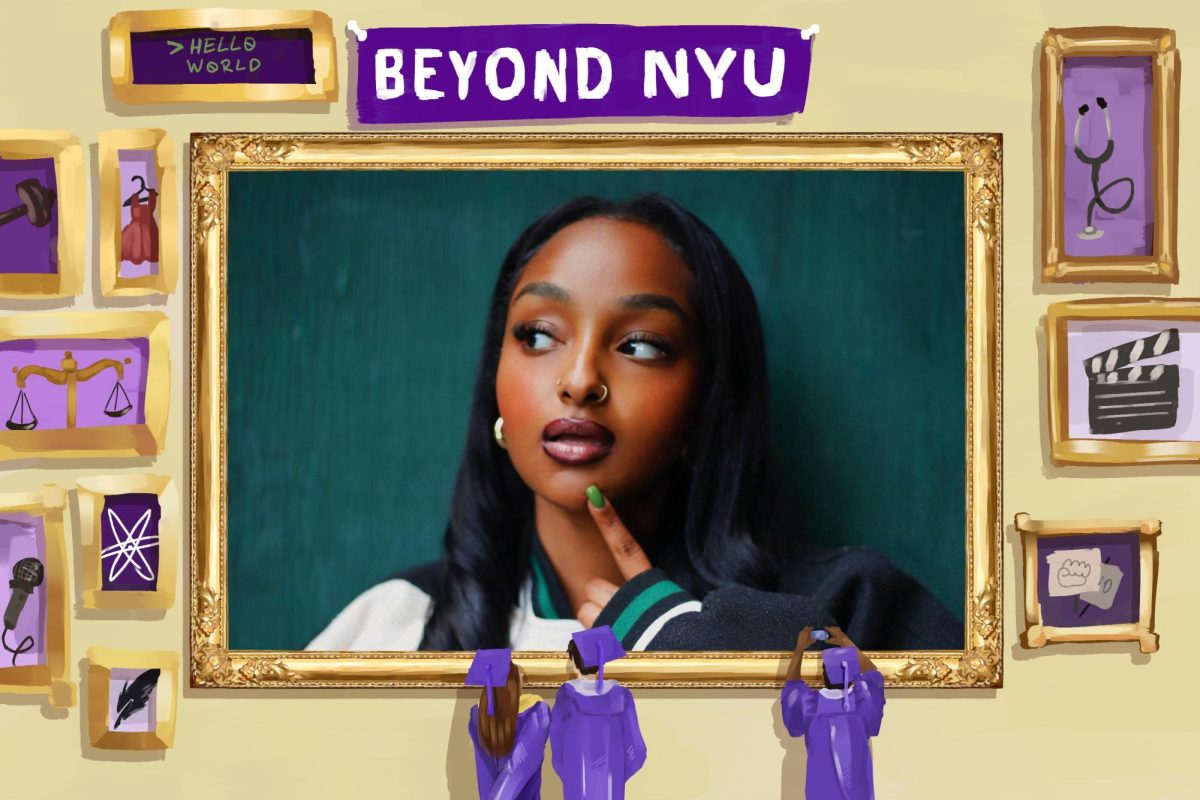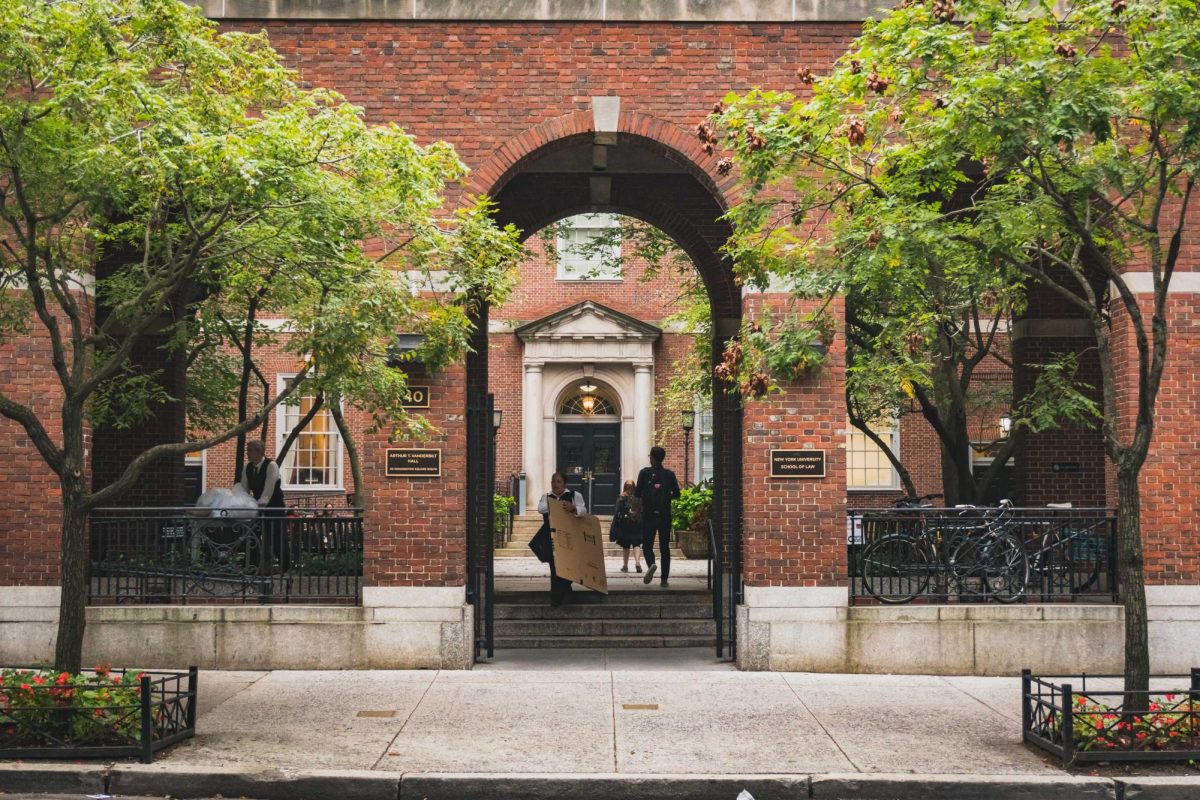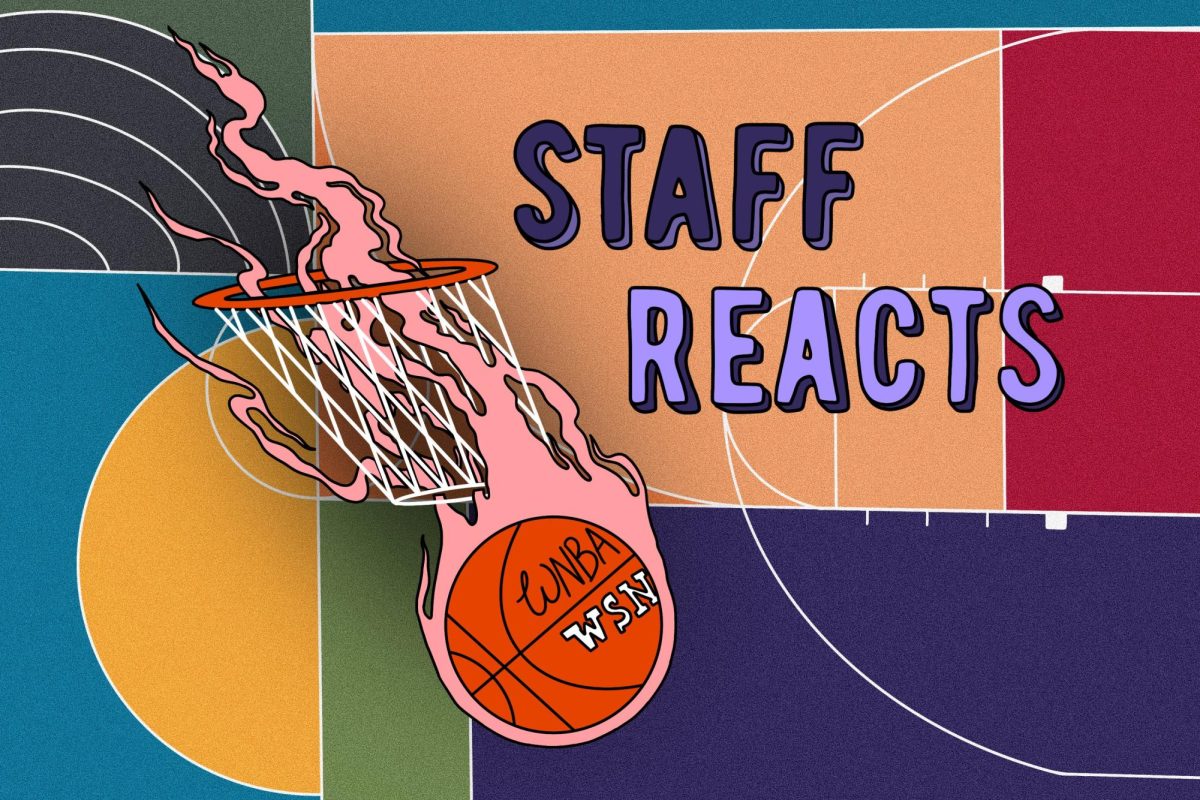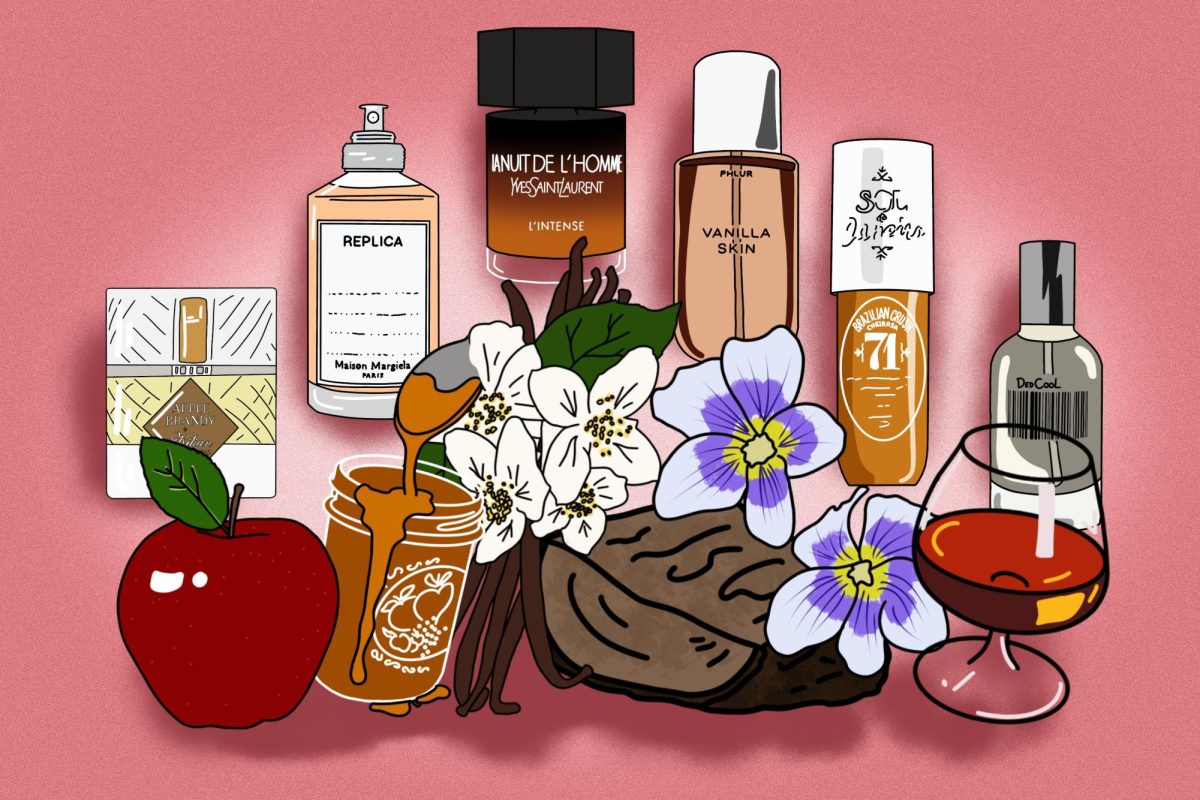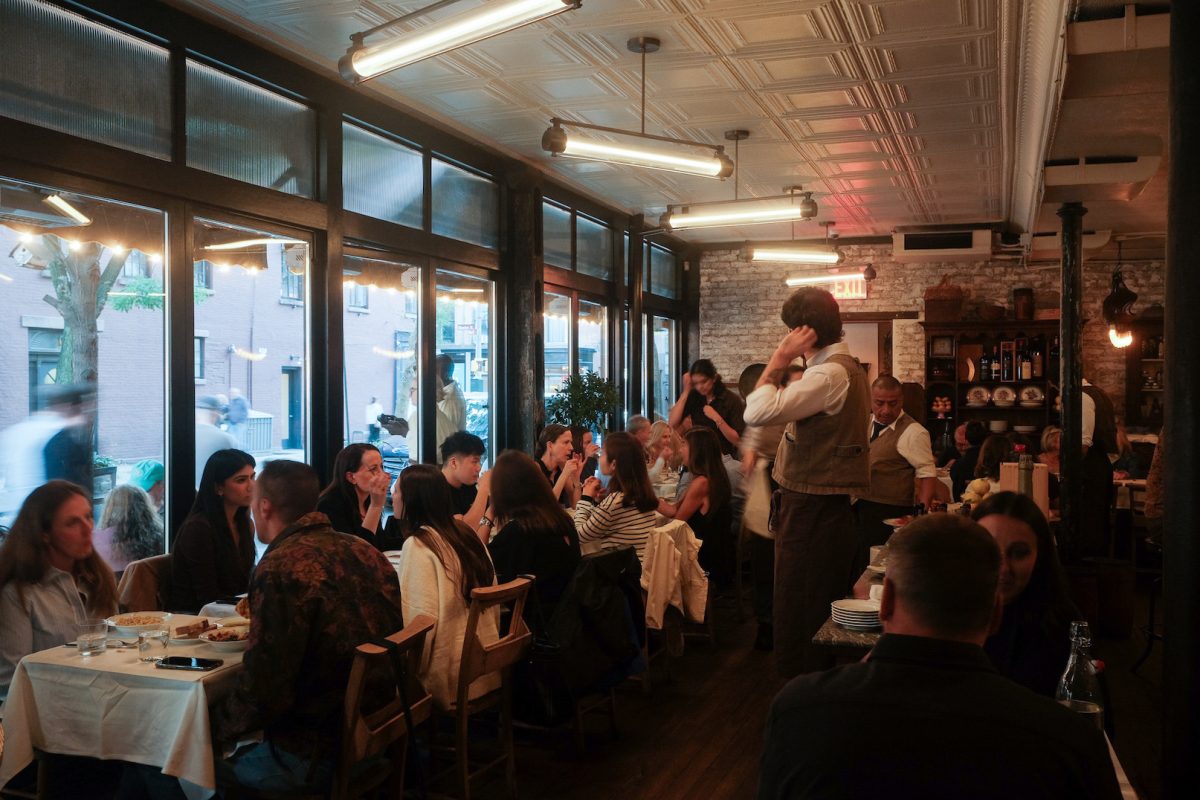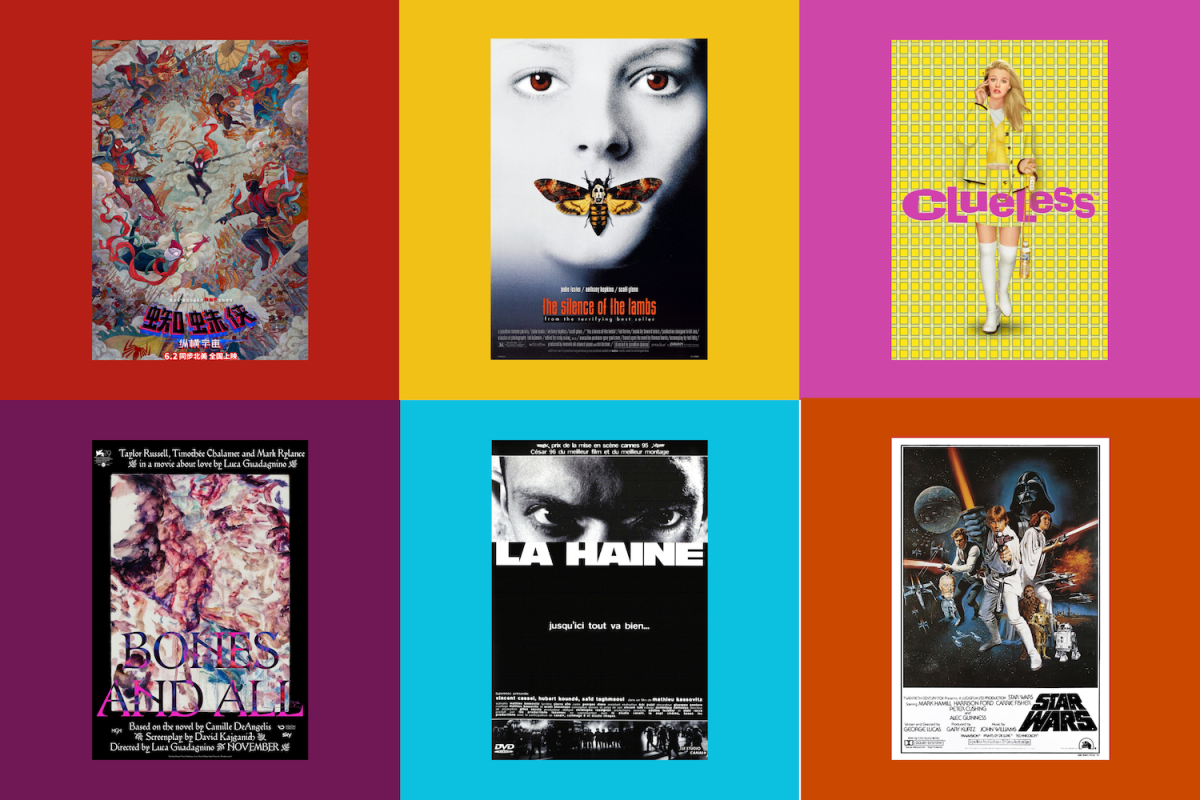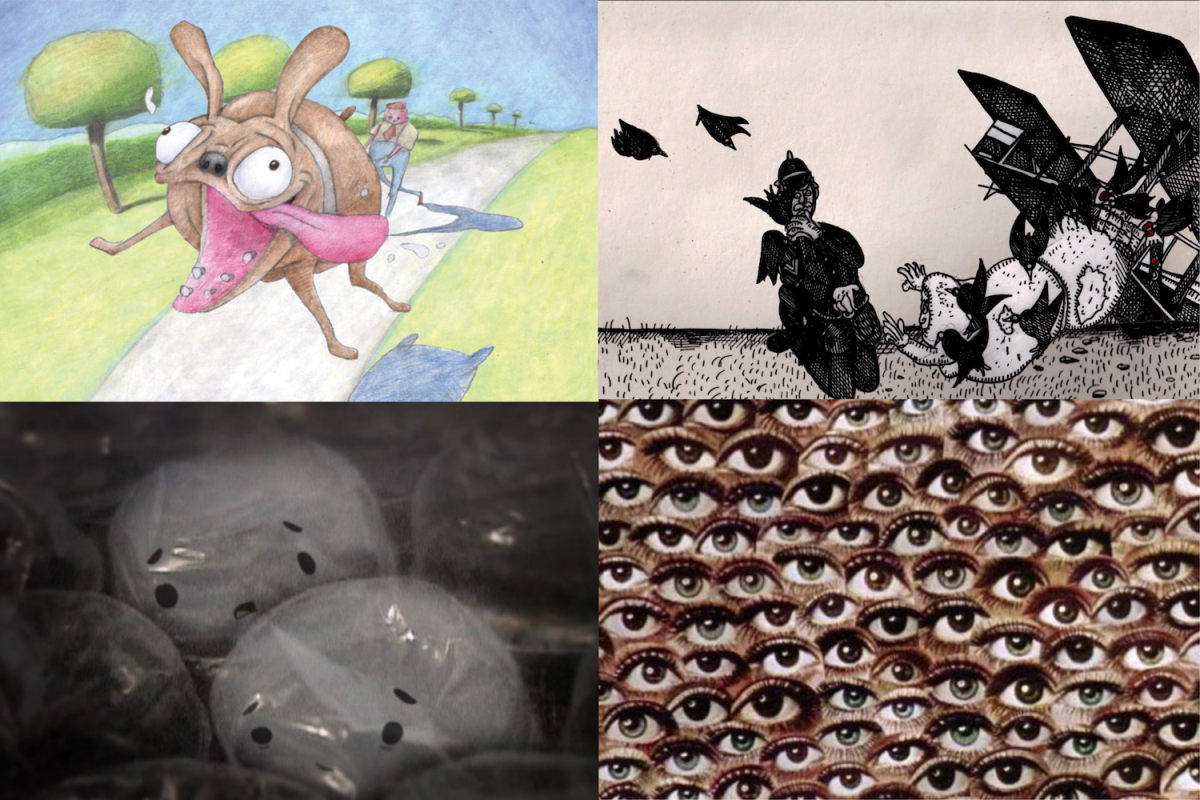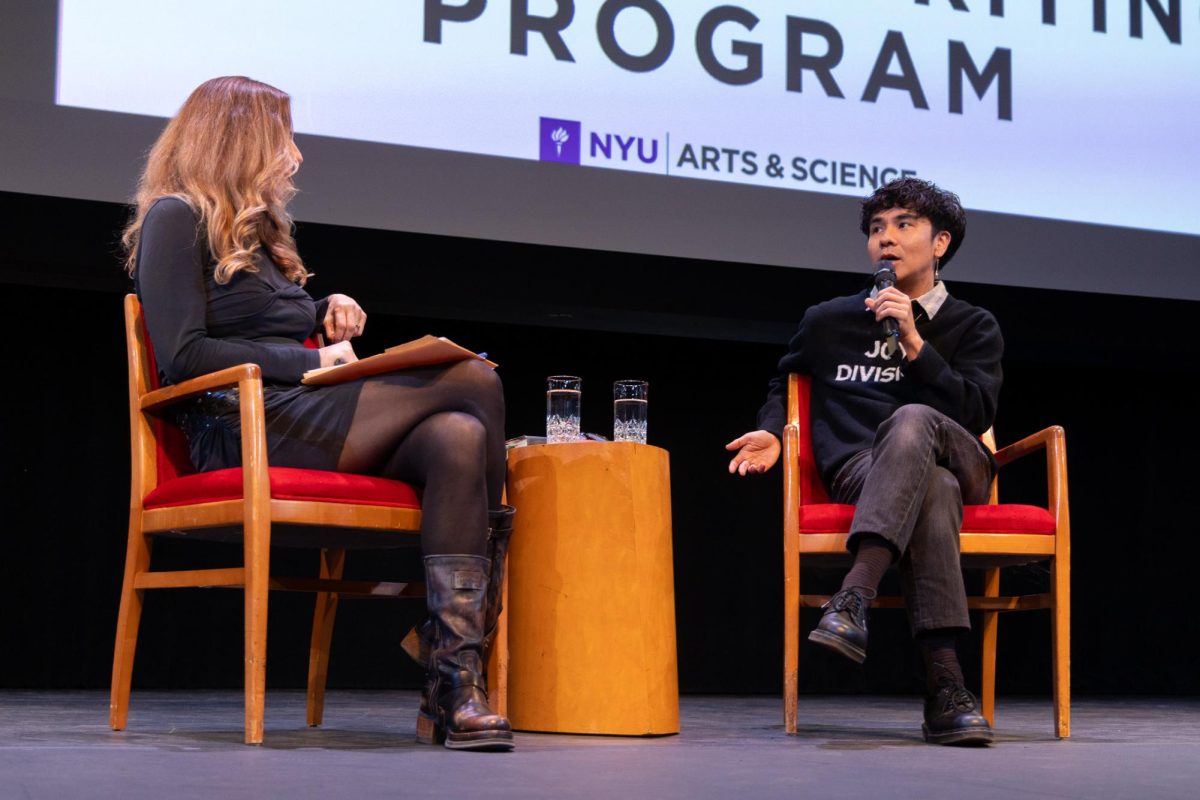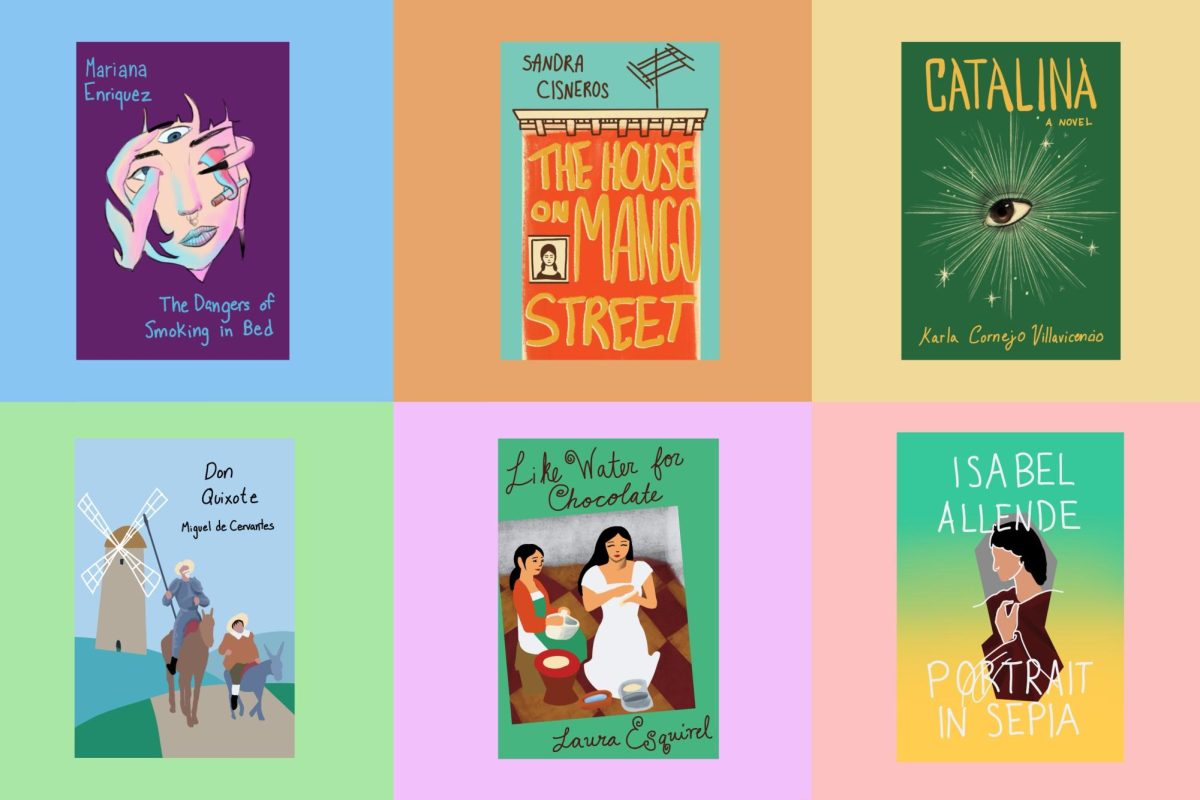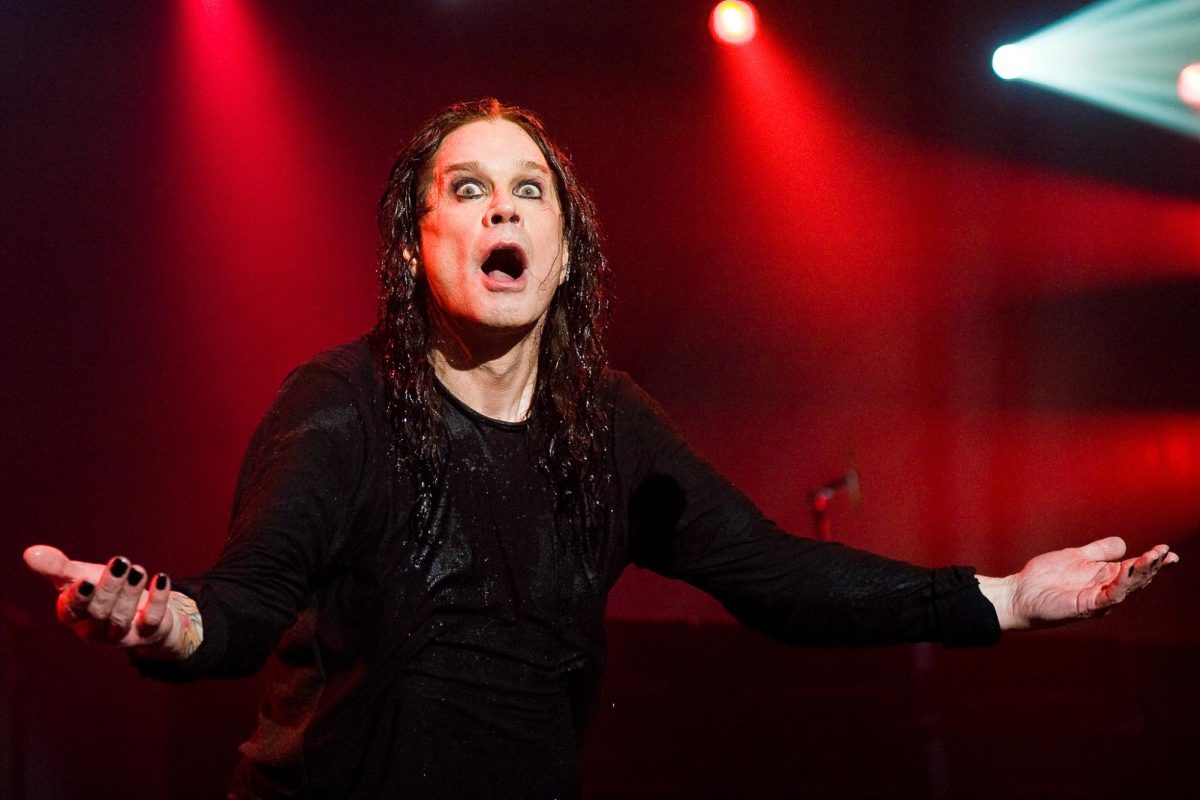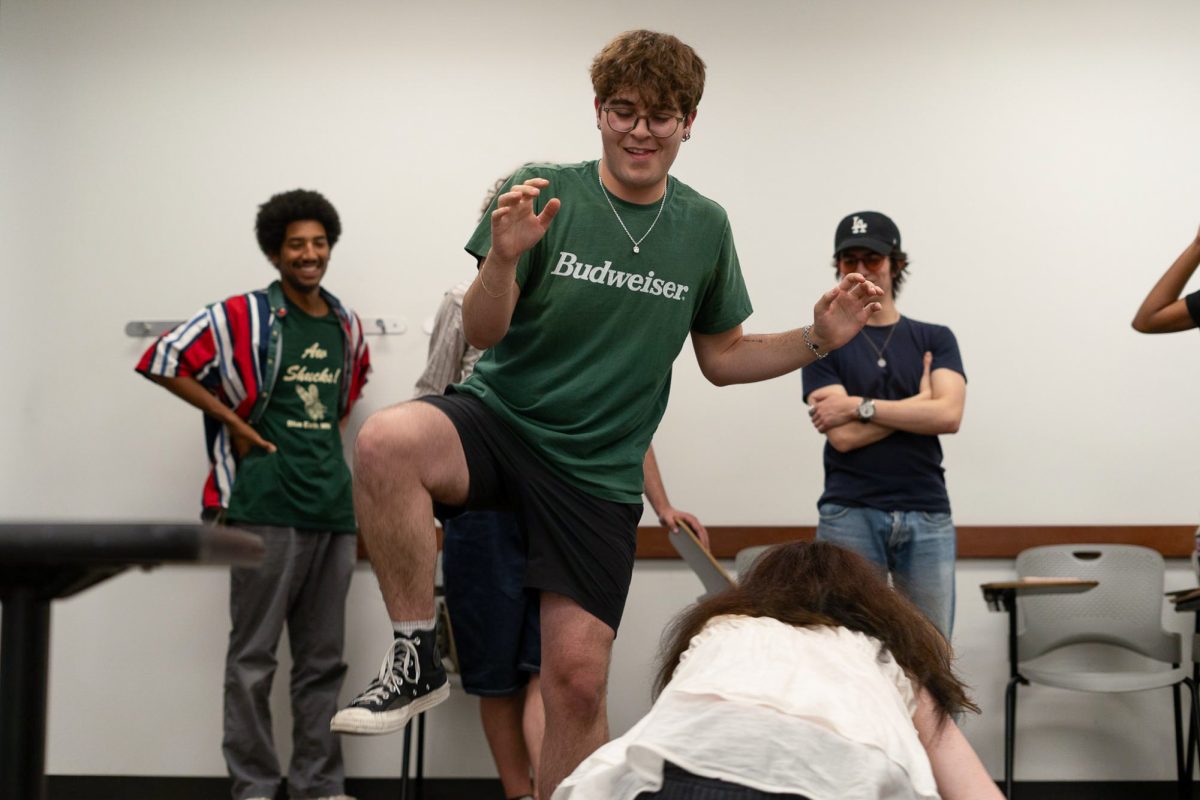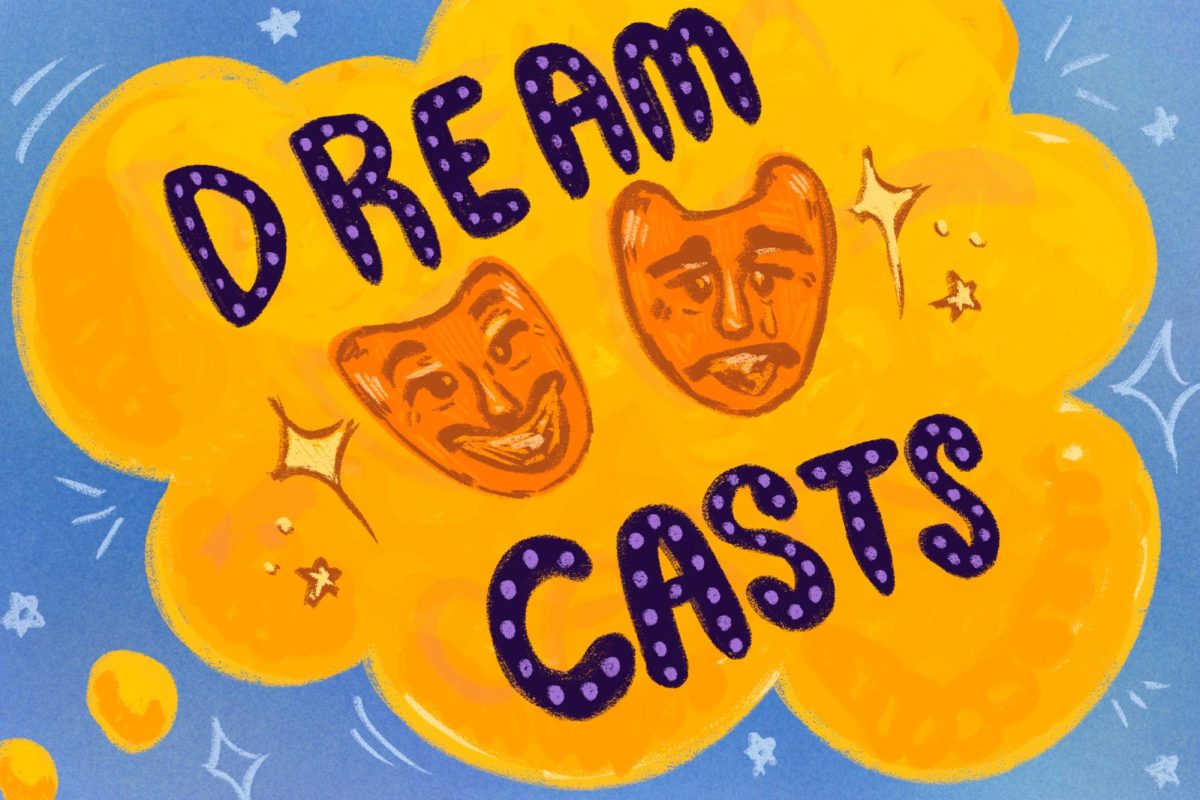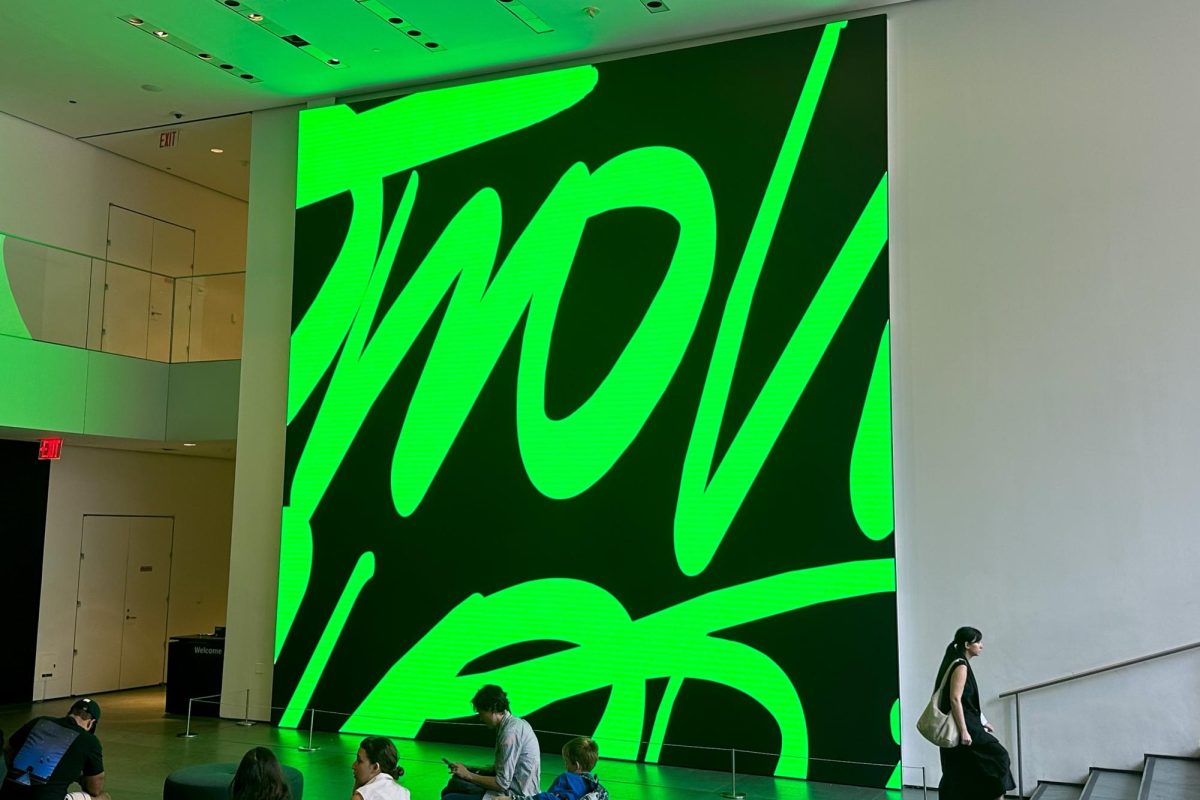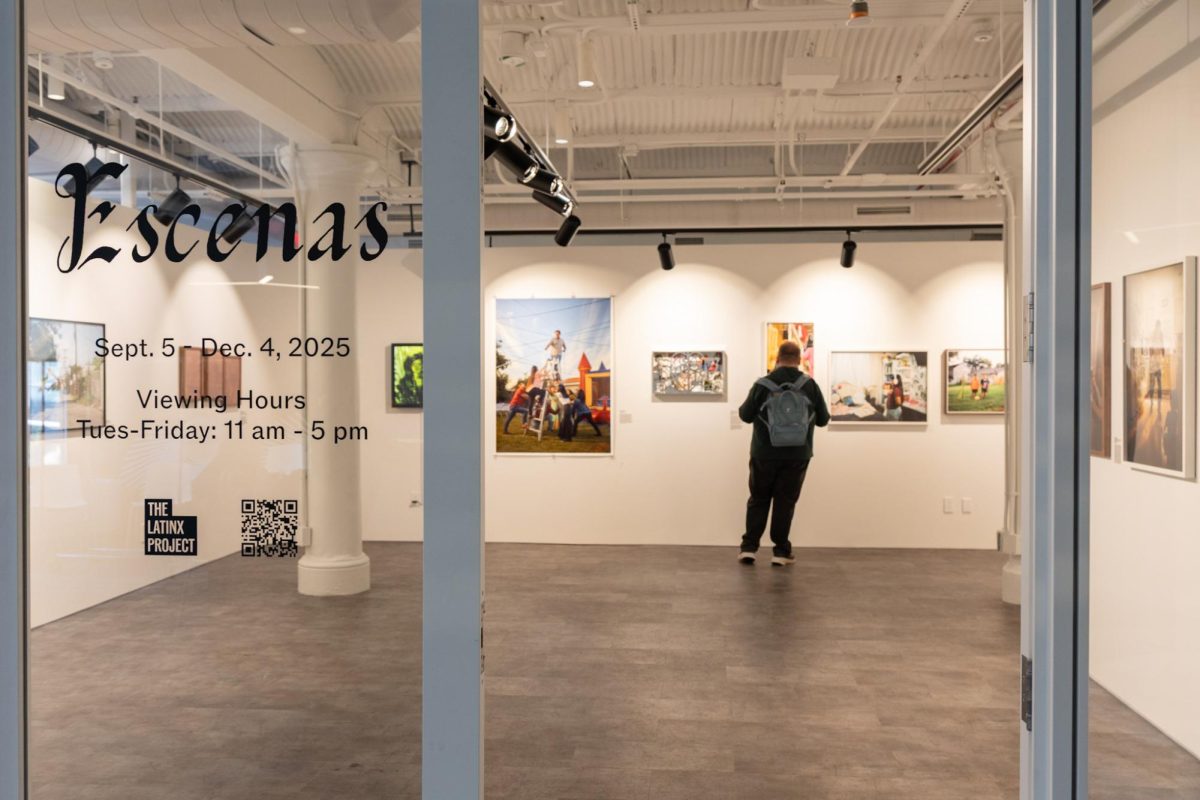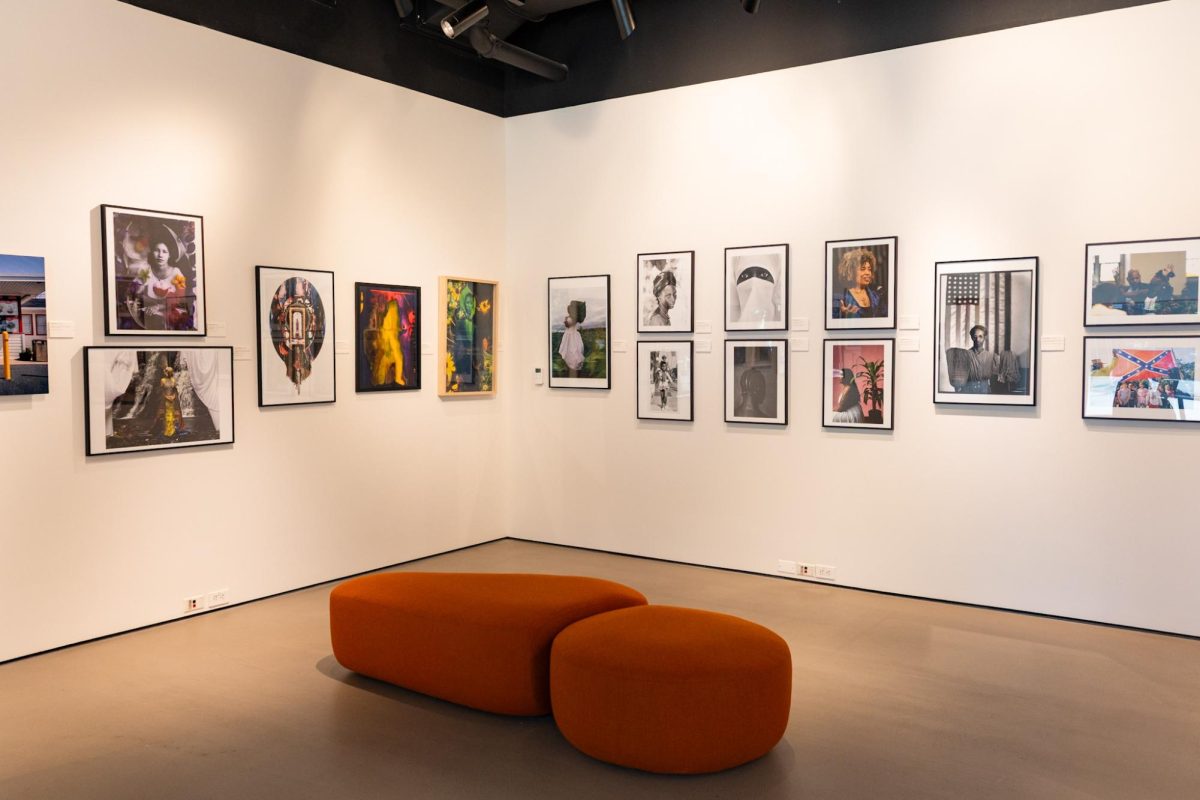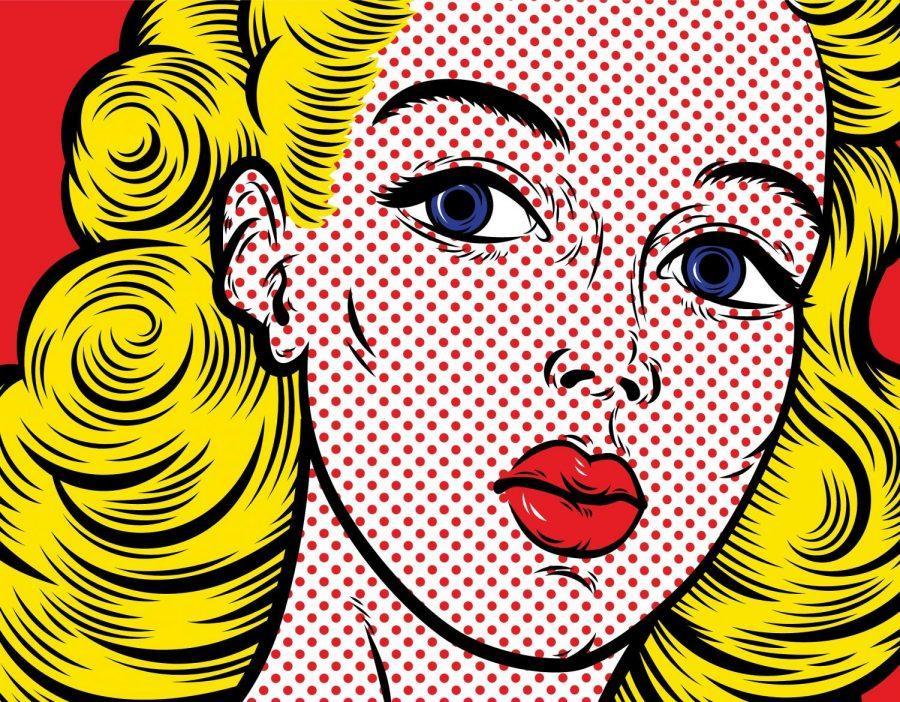Making Politics Pop: Social Commentary in Pop Art
April 5, 2018
Obama 2008. Hope. Is it possible to hear these words without associating them with the red and blue poster that adorned every social media post and rally on the left? Not really. That “Hope” poster is just the beginning, or maybe the most ubiquitous modern example, of the entangled affair between pop art and politics.
Beginning the history of these two intertwined disciplined were artists like Andy Warhol, best known for his “Campbell’s Soup Cans” and Marilyn Monroe portraits, and Roy Lichtenstein, famous for his comic book style parodies. The reflection of pop culture, giving the form its name and its commentary on American consumerism, defines the new school of art. What made it groundbreaking is that unlike upper class art stored in museums and personal collections, these pieces were relatively easy and inexpensive to produce, making them much more accessible to the public.
Warhol portrayed the tumultuous politics of the 20th century through his work depicting the John F. Kennedy assassination, the George McGovern presidential campaign and a commissioned portrait of Jimmy Carter. While he claimed to be independent, Warhol clearly leaned to the left, and pop art continues to be an ally to the left with its youthful and progressive demographic. Former President Carter’s commission of Warhol could be the first example of politics acknowledging the power of pop art and making an effort to harness in order to appeal to the youthful demographic that followed the genre.
Fast forward to the new millennium. In 2008, the Obama campaign had the same insight. Shepard Fairey designed the iconic Obama campaign graphics and went on to do the same of the Women’s March in 2017. Even Hillary Clinton’s 2016 campaign merchandise and posters capitalized on the appeal of pop art in the younger generation.
“The pop art that was geared toward the election was mostly in Clinton’s favor, which I think definitely helped her solidify her messages among millennial and influencers,” CAS junior Azza Zakaria said of the ongoing allure of pop art for politics.
“Speaking of movements and non-profits, I am curious to continue to see what For Freedoms, the first artist-run super political action committee, continues to do,” Gallatin junior Alexandra Shveda, who is concentrating in ‘Art, Identity and Social Change,’ said. “They essentially aim to collaborate with artists in order to spur and produce political messaging with nuance.”
Shveda also serves as the arts chair for NYU Program Board. Clearly, politicians are not the only ones keenly aware of the power of art and eager to find ways to channel it.
Not only does pop art have cultural influence on the campaign trail, but it’s also a powerful tool for social commentary. Maria Qamar, known as hatecopy on Instagram, is a Canadian artist of Pakistani descent. She uses her vibrantly colorful, jump-off-the-page, comic panel style to bring forward social issues common to the South Asian experience, from sexism to racism to overly intrusive “aunties.”
“[Qamar uses] bits of dialogue that evokes emotion in the viewer and also relatability,” Zakaria said. “A lot of her art is just very relatable because its put in a realistic context, and I think that’s what really draws fans to her pieces.”
Qamar’s eye-catching easily shareable, laugh-out-loud funny comic panels are a modern example of the lingering influences of the school Warhol popularized. Another artist who infuses his work with issues of race and continues Warhol’s commentary on consumerism is Hank Willis Thomas.
“A lot of his work looks at racial identity through advertising and pop culture,” Shevda said. “For instance, one of his pieces, ‘Priceless #1,’ which caused some controversy, utilizes a personal tragedy – his friend getting murdered over a gold chain – to illustrate and question the larger concept of pricelessness and the value of commodities.”
A notable, unexpected name in political art is Jim Carrey. Taking a break from his comedy, Carrey’s focus became art. His caricature style paintings very directly satirize the current administration with their visual references to the president and his staff. A debate about a piece based on press Secretary Sarah Huckabee Sanders, one side crying offense and the other fair game, went viral and brought widespread attention to Carrey’s work.
The affair between pop art and politics that began with Warhol’s foray into political commentary continues to bring heat to modern movements under a diverse array of of new crafters and ever adapting techniques.
A version of this article appeared in the Thursday, April 5 print edition. Email Anubhuti Kumar at [email protected].

